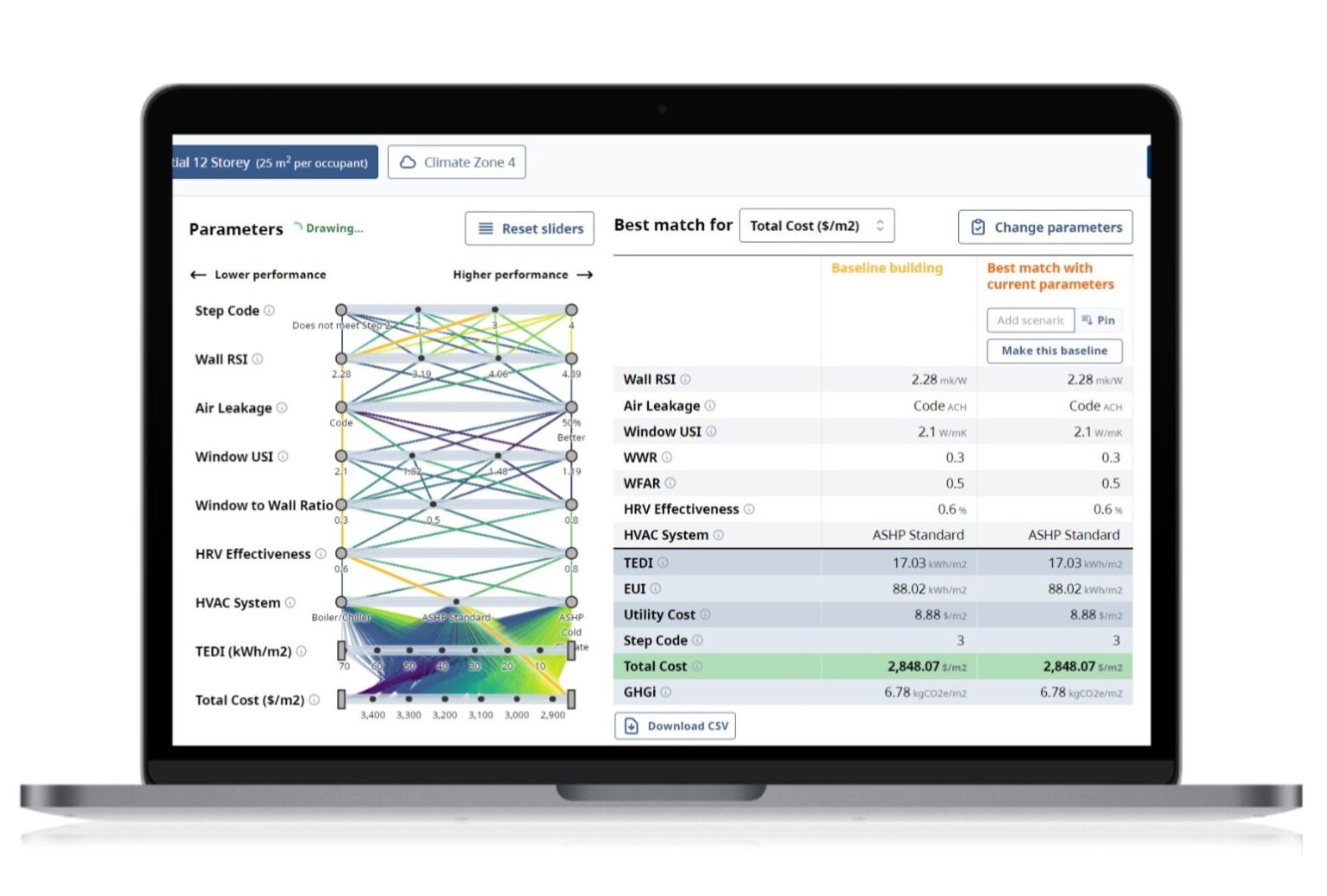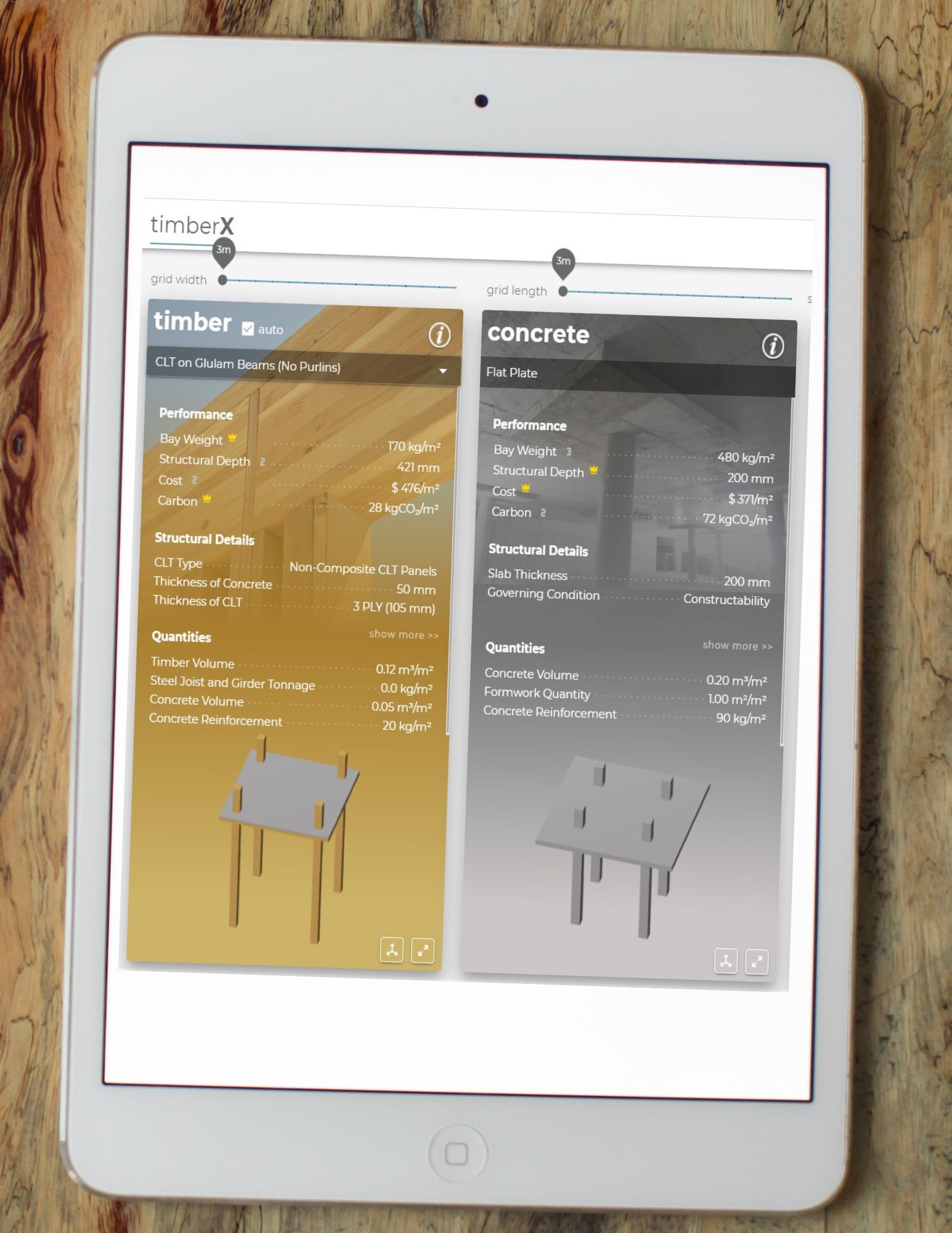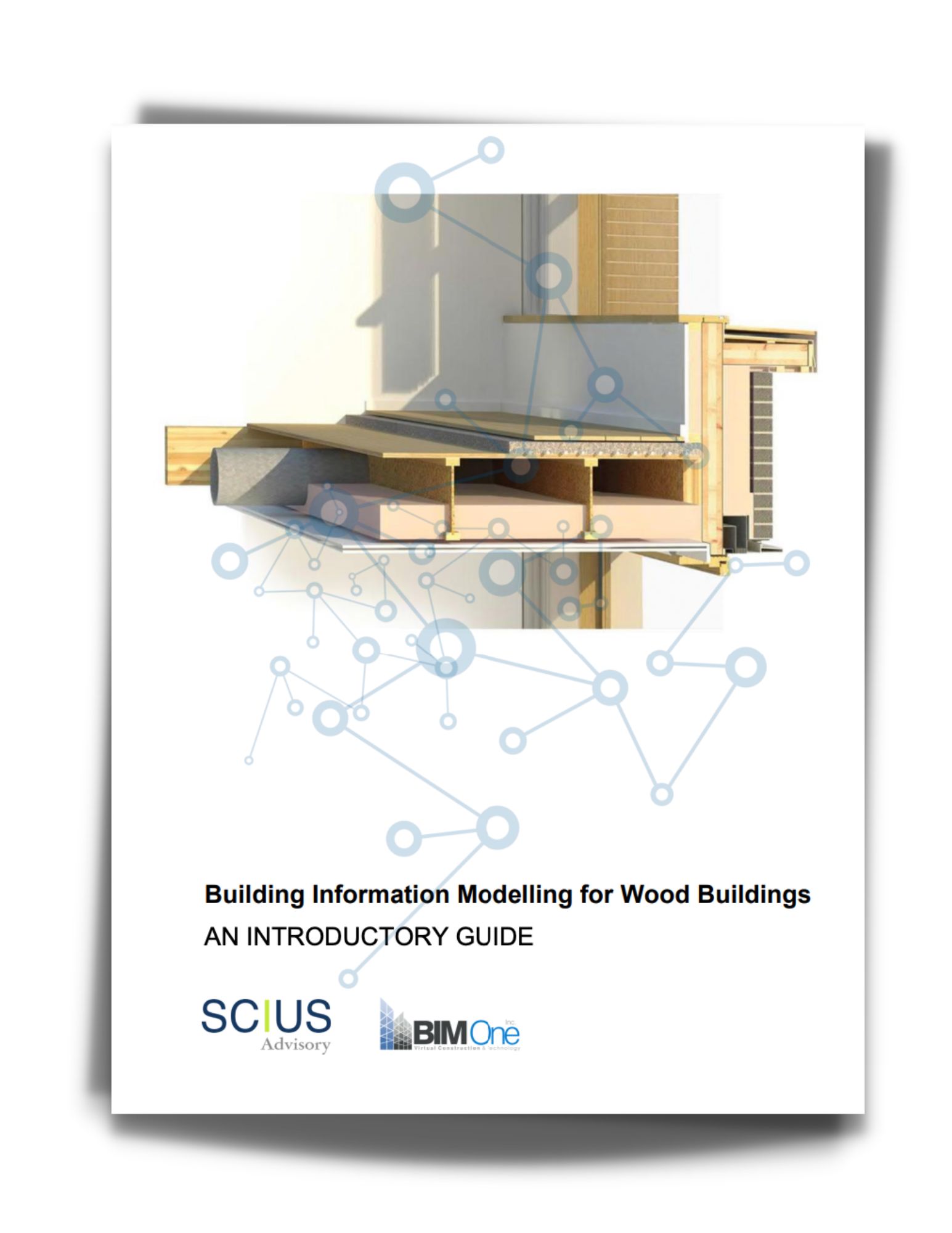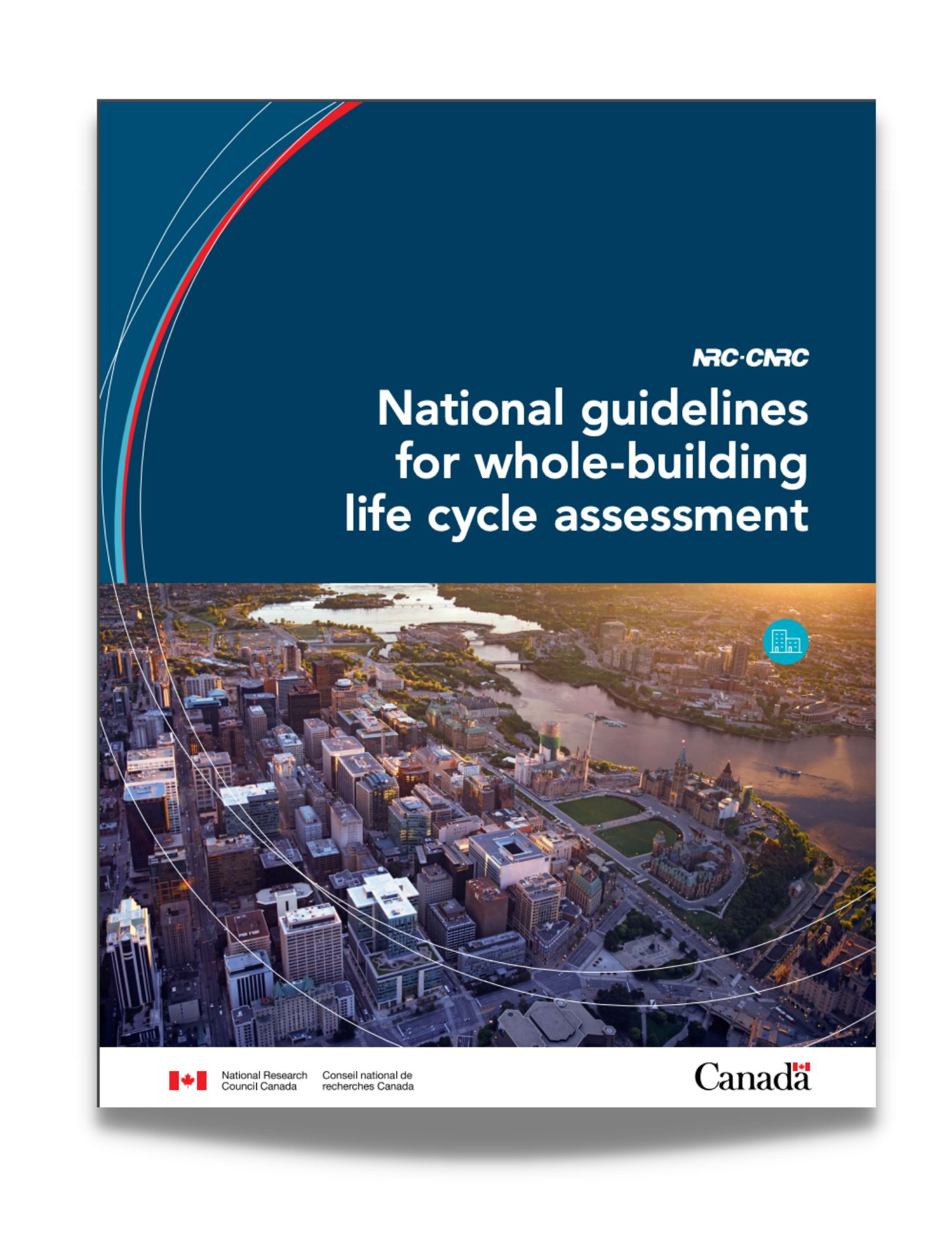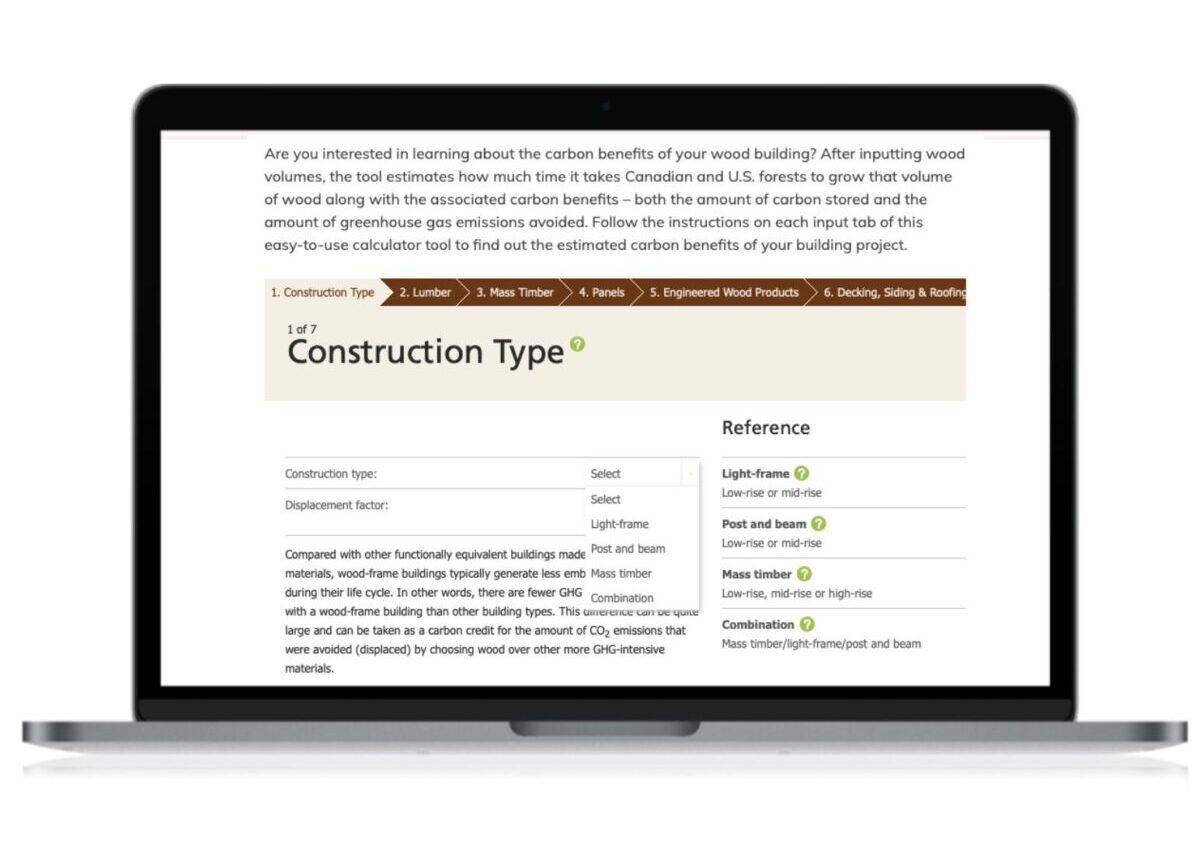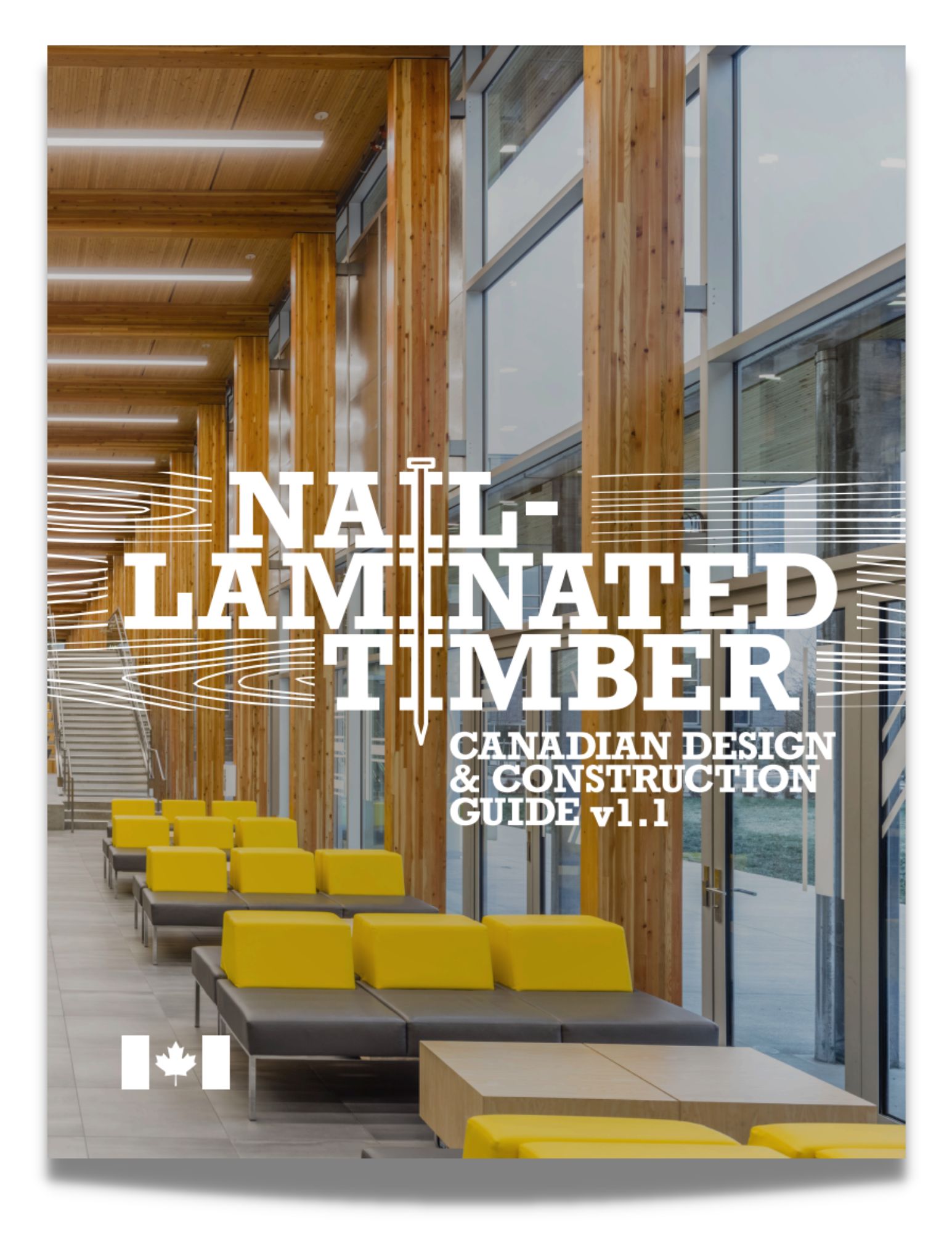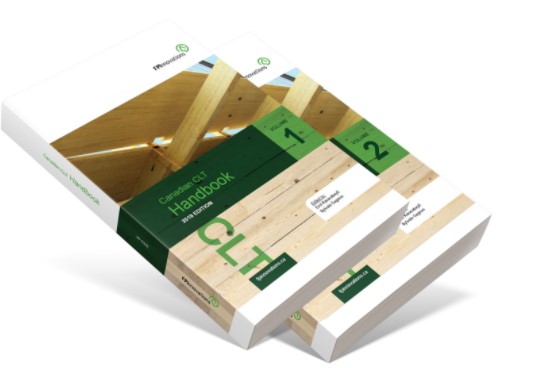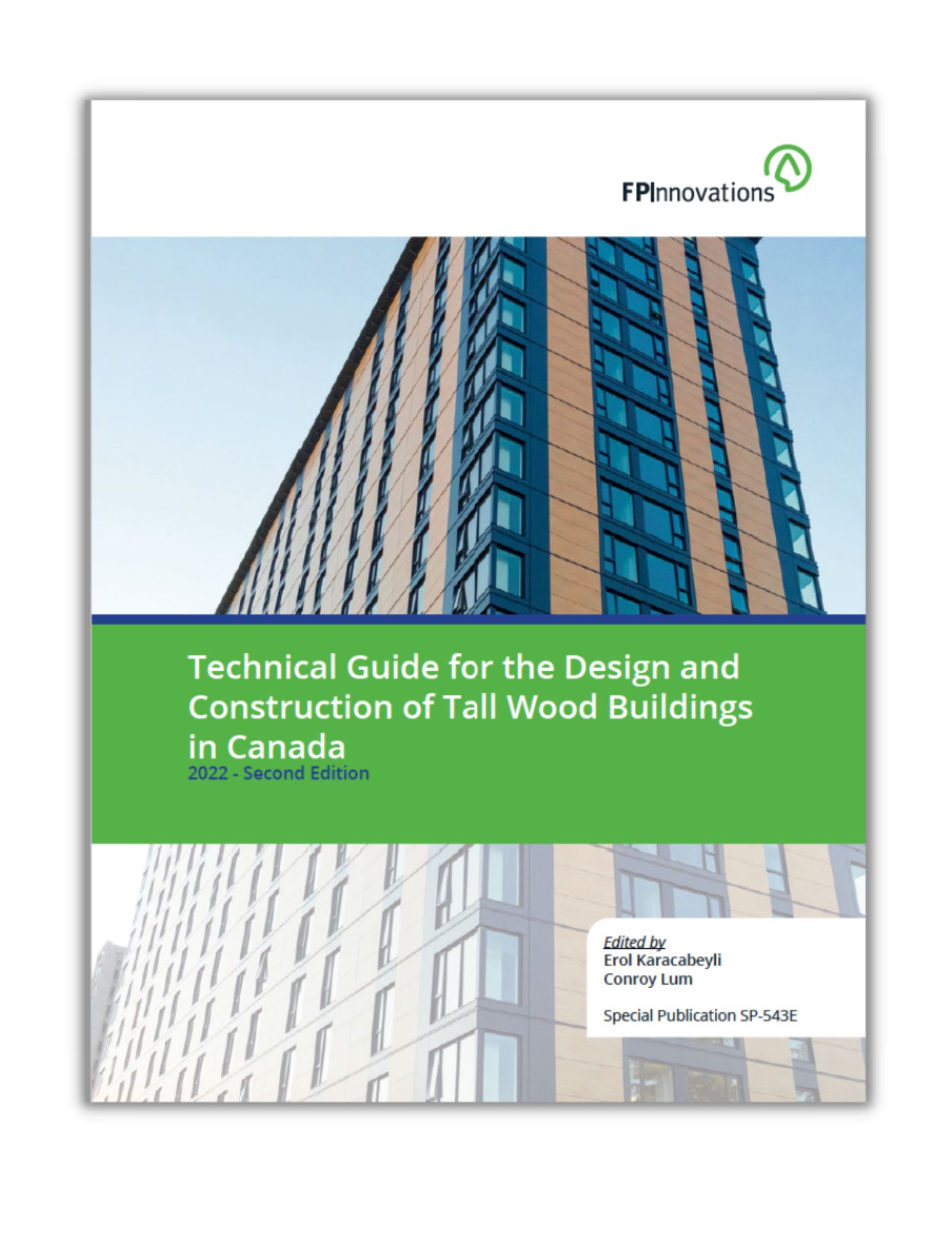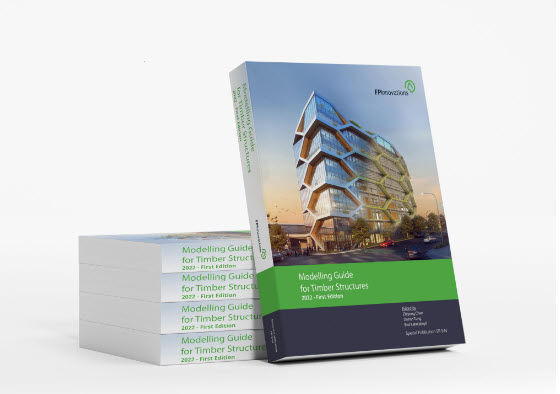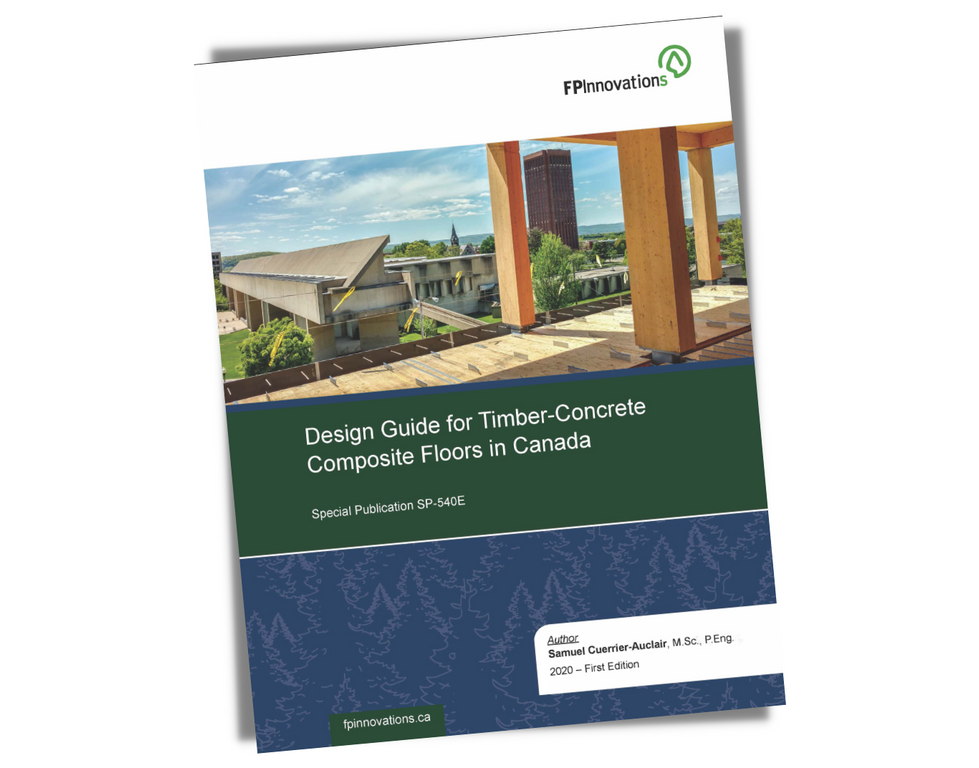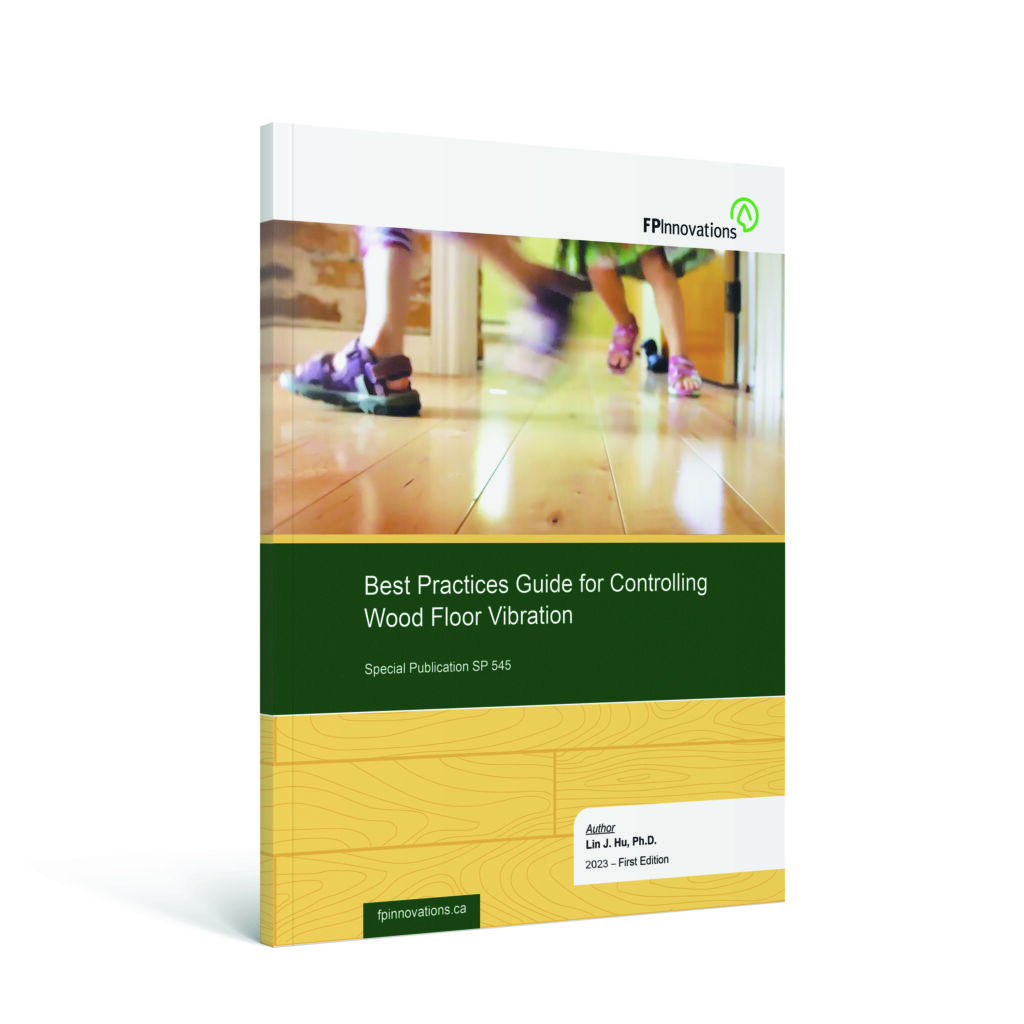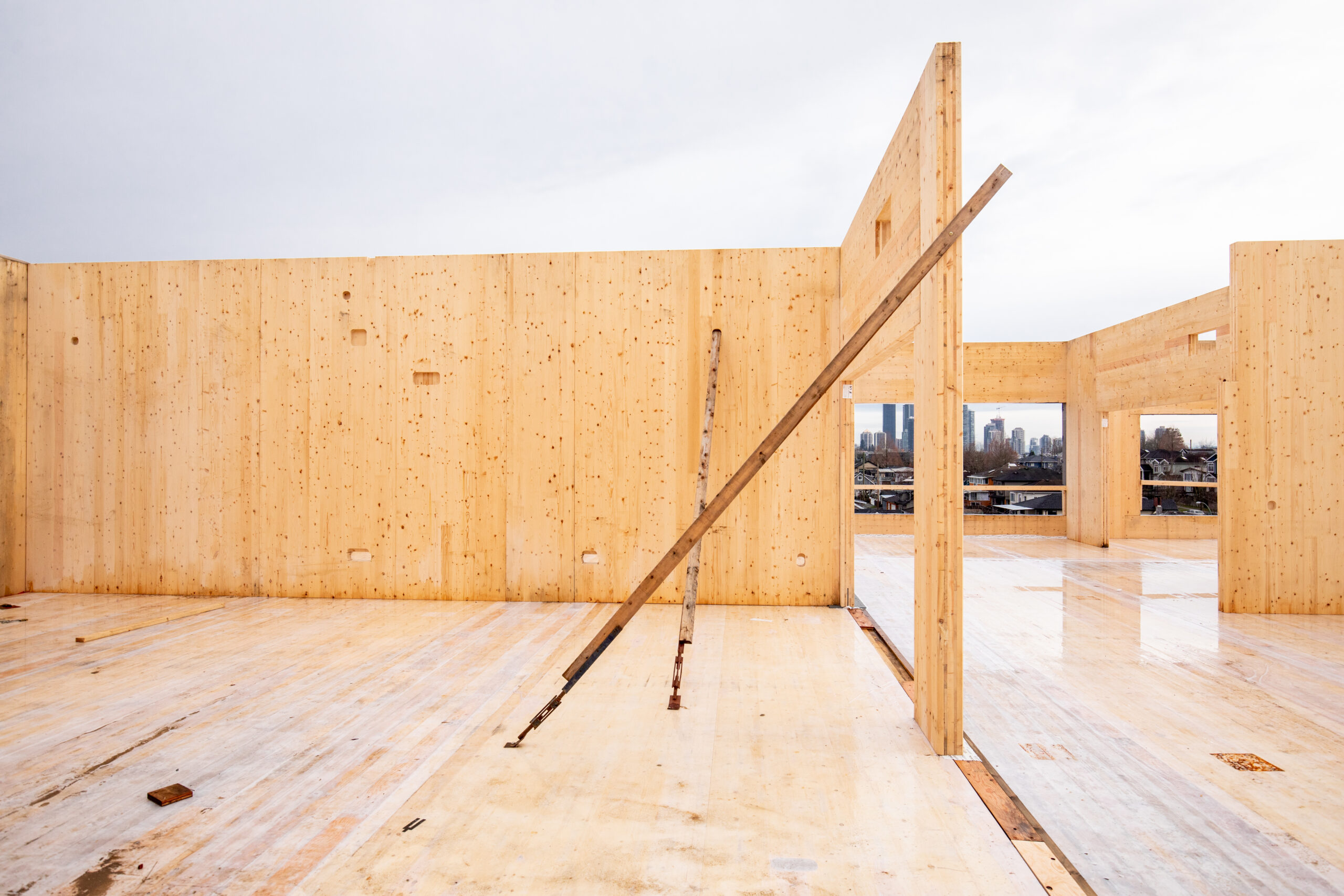11. Modelling Guide for Timber Structures (2022)
Understand how to use modelling to test and troubleshoot timber structures when it comes to high winds, earthquakes and more.
Taller wood buildings are on the rise as developers, designers, cities and organizations look for high-density, low-carbon building solutions that can help combat climate change. With this increased interest comes the need to better understand the performance and benefits of taller wood buildings using advanced computer modelling. The first edition of the Modelling Guide for Timber Structures is intended to do just that—covering key modelling principles, modelling methods tailored to timber structures, special considerations for high winds, earthquakes and more.
Along with helping engineers and other building professionals apply computer modelling to timber structures, the guide can assist software developers looking to upgrade programs to include the latest timber technologies and structures.

